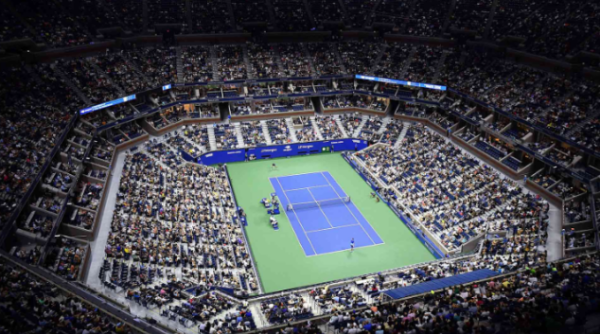Disney Animation’s New Dark Age

© Copyright Walt Disney Animation Studios.
March 9, 2022
With the influx in streaming as a result of evolving technology & accessibility, and even more so as a result of the COVID-19 pandemic, Disney Animation enters a new era once again. This new era will be characterized by its focus in streaming (and consequently, numbers) and different creative objectives. However, what does this mean for the legacy of the Mouse House?
A Brief Overview of the Disney Eras
While Walt Disney Animation Studios (at the time known as Disney Brothers Cartoon Studio) had been releasing silent short animated films since 1923, the true beginning of Disney’s recognizable musical animated films started in 1929 with Snow White. Since then, Disney’s release of its animated films can be tentatively grouped into seven mostly-agreed-upon periods (“eras”) , each adhering to the success, objective, and attitude of the studio at the time.
1.The Golden Age: 1937-1942
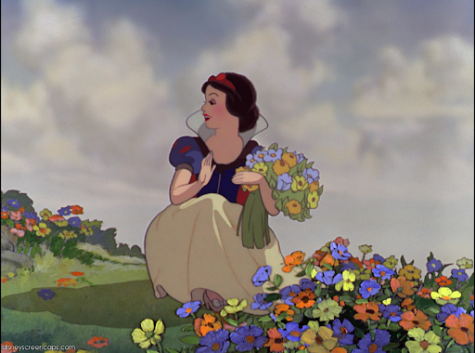
The Golden Age of Disney was the dawn of Disney: shiny new-kid-on-the-block, Technicolor full-length animated film Snow White and the Seven Dwarfs was a smashing success, winning high praises from critics and the masses alike. Other movies released after Snow White include Pinnochio, Dumbo, and Bambi.
2.The Wartime Era: 1943-1949
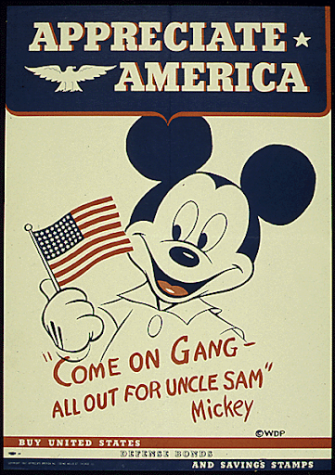
Following the success of films like Dumbo and Snow White, production on films was interrupted by the looming bankruptcy of the company — Walt Disney tended to use all the profit from previous productions on new ones — and the onslaught of World War II. The U.S. military sought Disney to produce thousands of feet worth of propaganda shorts for government use, which also disrupted the production of films in this time, leading to relatively unknown works like Melody Time and The Adventures of Ichabod and Mr. Toad.
3.The Silver Age: 1950-1959
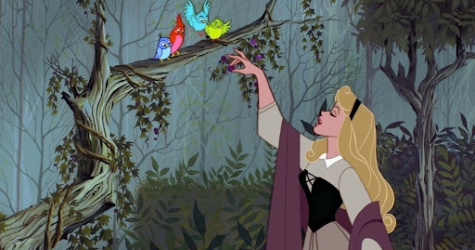
The Silver Age saw a return of Disney’s previous success with adapting fairy tales into feature films. The intricate imagery, beautiful animation, and memorable characters cemented Disney’s name and stories in fame. Cinderella, Alice in Wonderland, Peter Pan, Lady and the Tramp, and Sleeping Beauty were all released during the Silver Age.
4.The Bronze Age: 1970-1988
Also known as the Dark Age, the Bronze Age was regarded as a time of decline for Disney. After Walt Disney’s death, animators and heads of studio struggled with finding their purpose and place. They experimented with darker stories and different animation techniques, but the Bronze Age brought forth no commercial success. Films released in this period include The Aristocats, Robin Hood, The Many Adventures of Winnie the Pooh, and The Fox and the Hound.
5.The Disney Renaissance: 1989-1999
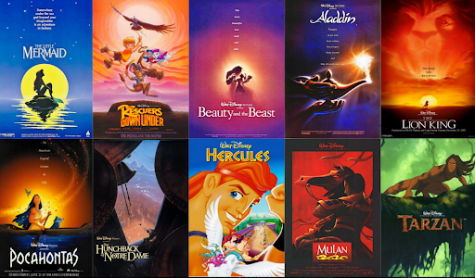
Arguably the most well known era of Disney, the Disney Renaissance produced some of the studio’s most recognizable box office hits like The Little Mermaid and Beauty and the Beast. These films shared common attributes such as Broadway-esque musical numbers, lovable sidekicks, a “moral” at the end of the story, and the return to adapting old fairy tales. The Disney Renaissance saw the release of the aforementioned The Little Mermaid and Beauty and the Beast, along with Aladdin, The Lion King, Pocahontas, Mulan, Hercules, Tarzan, and The Hunchback of Notre Dame.
6.Post-Renaissance: 2000-2007
After the resurgence of Disney in the 1990s, the studio was left in a bit of a second Bronze Age in the 2000s. In addition to having to compete with big film franchises like Harry Potter and The Lord of the Rings, Disney faced another “identity crisis” in terms of storytelling. The Post-Renaissance Era didn’t feature any common themes like the previous eras, nor did it boast many commercial successes, but it did mark Disney’s first venture into CGI animation (Dinosaur). The Post-Renaissance Era included films such as Lilo & Stitch, The Emperor’s New Groove, Chicken Little, and Bolt.
7.The Revival Era: 2008-2017
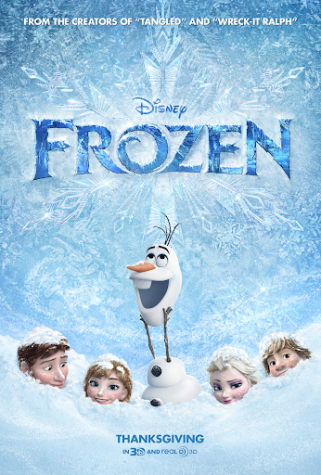
Also known as the “Second Disney Renaissance” (what an ironic name), the Revival Era of Disney is the Disney Generation Z (1997 – 2012) grew up with. While the films released in the Revival Era are not generally regarded as “classics” (yet), they are some of the commercially successful and lucrative animated movies Disney has ever produced. The Revival started with The Princess and the Frog and Tangled, a return to the Disney Princesses image from the Renaissance. Frozen was a cultural reset. Big Hero 6, Zootopia, and Moana all received public and critical praise, as well as hundreds of millions at the box office. This era is marked by the technological leaps in terms of CGI animation and an increased focus on characters’ self discovery and reflection.
A New Era of Streaming & Sequels
Most fans have agreed that the Revival Era ended with Moana and the new, as-of-yet unnamed era began with the Wreck-It-Ralph sequel Ralph Breaks the Internet in 2018. Frozen II was released before the pandemic and is currently the eleventh-highest-grossing movie ($1.45 bill.) of all time. Since the pandemic, Disney Animation has released two films: Raya and the Last Dragon and Encanto.
Raya and the Last Dragon tells the story of Raya, an orphaned warrior princess, overcoming her issues in trust after being betrayed to save the world by locating the last dragon on Earth with a varied group of sidekicks. Because it came out in theaters in the midst of the pandemic, Raya and the Last Dragon was also released to Premier Access on Disney+, meaning Disney+ members would have to pay $29.99 for access. Raya and the Last Dragon made a profit of $22.7 million, a measly comparison to Frozen II.
Encanto follows the Madrigal family who have been blessed with gifts by the magical house they live in. While similarly released to Disney+ with Premier Access, it was first given a 30 day theatrical release. This, along with more favourable timing, resulted in a box office report of $96.5 million.
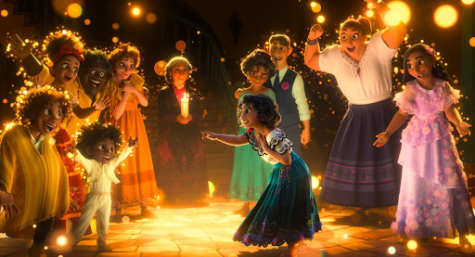
While Raya and the Last Dragon and Encanto show similar critical responses (7.3 on IMDb, ~75 on Metacritic, and ~93% on Rotten Tomatoes), Encanto has garnered more praise and attention from audiences for its realistic portrayal of multigenerational trauma, vibrant characters (Bruno has become quite the celebrity on TikTok), and catchy tunes. While Raya and the Last Dragon did feature a princess lead with at least one dead parent, it did not boast any magnetic Lin-Manuel Miranda melodies, which didn’t help its popularity. The movie has also drawn criticism for its overly simplistic message: trust people. It had some critics wondering: was Raya really in the wrong for not trusting the antagonist after countless betrayals? Is ‘blind trust’ the message that we should be sending children?
Another Dark Age on the Rise?
There is no way to foresee what could have happened had there been no pandemic, and all scheduled movies were released as planned. However, we can guess. The box office numbers would be higher, predictable with the general draw of Disney on families with children. The interaction/discussion/fan base behind the movie, however, would be about the same, perhaps even lower without the pandemic (being stuck at home may have caused teens/older audiences to watch out of boredom).
So far, the eighth phase of Disney Animation has consisted of two sequels and two original films. Commercially, it’s doing fine, all movies breaking even (and then some) at the box office. But what does it mean for the future?
Walt Disney Studios has been releasing live-action remakes of its classic animations since the 90s, but only in recent years has increased the pace and number of these releases. While these remakes have received overwhelmingly negative reviews from the public and critics alike, they rake in money at the box office. The Lion King remake, which received a 52% on Rotten Tomatoes, grossed $1.6 billion (8th highest grossing movie) in theaters.
Because of the lucrative nature of being able to draw nostalgic fans and their children, Disney has put its focus on making as many “live action remakes” and sequels as possible. The original films have taken a backseat.
As seen in the summary of the previous eras, Disney tends to follow a trend of success and successive decline. After the explosive achievements of the Revival Era, it is only natural and predictable that Disney Animation may go through another period of …soul searching again.







